Home>Gardening & Outdoor>Landscaping Ideas>When To Cut Liriope Grass
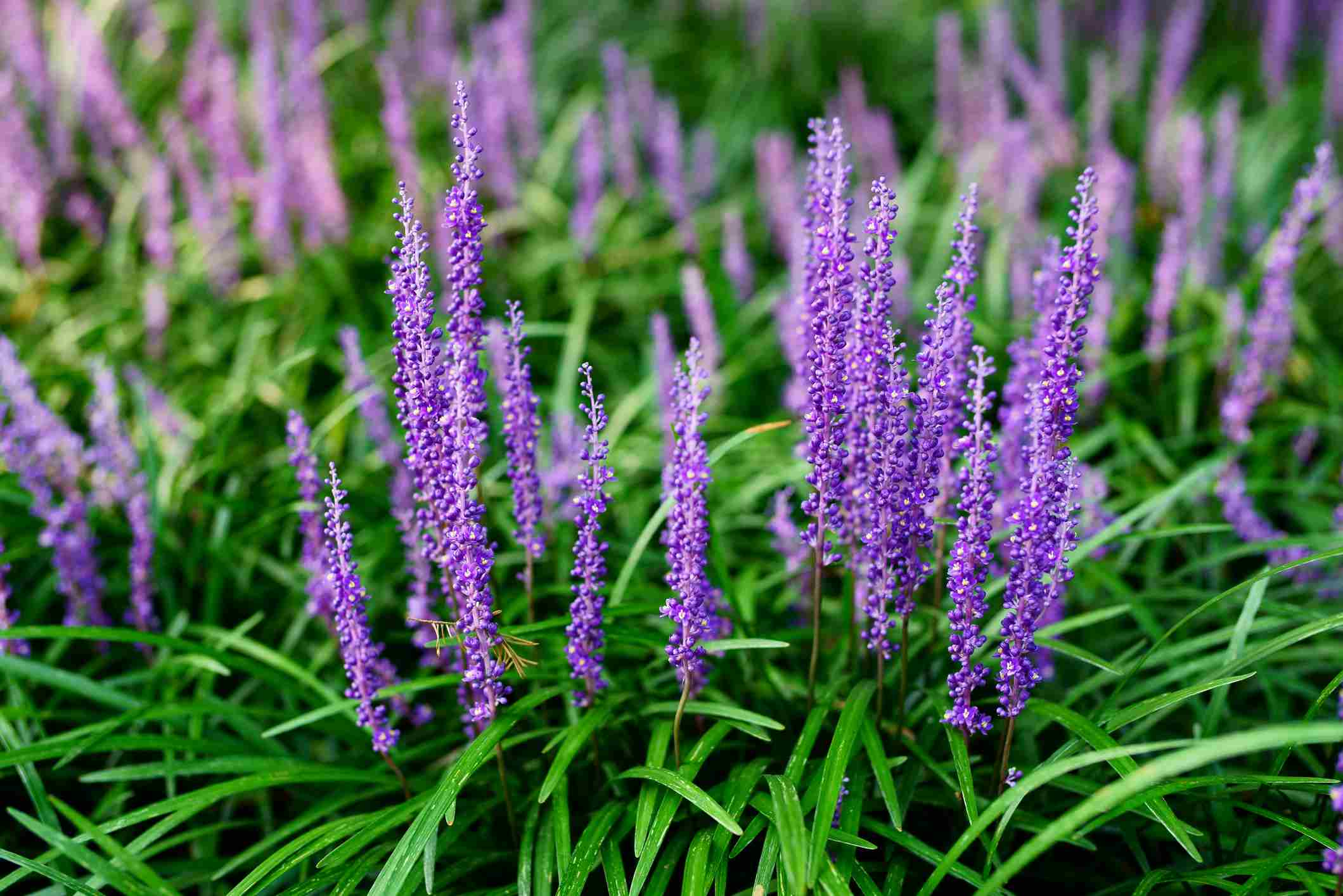

Landscaping Ideas
When To Cut Liriope Grass
Published: January 29, 2024
Learn when to cut liriope grass for a tidy and healthy landscape. Discover landscaping ideas and tips for maintaining liriope grass at its best.
(Many of the links in this article redirect to a specific reviewed product. Your purchase of these products through affiliate links helps to generate commission for Storables.com, at no extra cost. Learn more)
Introduction
Liriope grass, also known as lilyturf or monkey grass, is a versatile and low-maintenance plant that adds beauty and texture to landscapes. Its lush, strappy leaves and delicate, lilac-hued blooms make it a popular choice for borders, ground cover, and erosion control in gardens and yards. While liriope grass is prized for its resilience and adaptability, it requires periodic maintenance to thrive and maintain its aesthetic appeal.
In this comprehensive guide, we will delve into the art of caring for liriope grass, focusing specifically on the crucial aspect of when to cut it. Understanding the optimal timing for trimming liriope grass is essential for promoting its health and vigor while preserving its visual allure. By learning the signs that indicate the need for cutting, identifying the best time to perform this task, and mastering the proper techniques, you can ensure that your liriope grass remains a stunning focal point in your outdoor space.
Join us as we explore the nuances of liriope grass care, empowering you with the knowledge and skills to elevate the beauty of your landscape. Whether you are a seasoned gardener or a novice enthusiast, this guide will equip you with valuable insights to nurture and maintain the splendor of liriope grass in your outdoor haven. Let's embark on this journey to discover the art and science of when to cut liriope grass, unlocking the secrets to a flourishing and captivating garden or yard.
Key Takeaways:
- Trim liriope grass when it gets tangled, discolored, or encroaches on pathways to keep it healthy and beautiful. Cutting in late winter to early spring and post-blooming period promotes rejuvenation.
- Use sharp tools to trim liriope grass at the base, divide clumps every few years, and provide post-cutting care like watering and fertilizing for a thriving, well-groomed landscape.
Read more: How To Kill Liriope Grass
Understanding Liriope Grass
Liriope grass, scientifically classified as Liriope muscari, is a perennial plant that belongs to the Asparagaceae family. Native to East Asia, this ornamental grass has gained widespread popularity in landscaping due to its remarkable adaptability and aesthetic appeal. Liriope grass is characterized by its dense, tufted foliage and graceful, arching leaves, which can range in color from deep green to variegated shades of green and creamy white. Additionally, it produces delicate, violet-hued flower spikes that emerge in late summer, adding a charming touch to its visual allure.
One of the most compelling features of liriope grass is its versatility in various landscaping applications. It serves as an excellent ground cover, creating lush carpets of foliage that effectively suppress weeds and prevent soil erosion. Furthermore, liriope grass is often utilized as a border plant, edging pathways and flower beds with its elegant, cascading leaves. Its ability to thrive in both sun and shade makes it a valuable asset for landscaping in diverse environments, from sunny garden beds to shaded woodland areas.
In terms of maintenance, liriope grass is renowned for its resilience and low-maintenance nature. It is drought-tolerant once established, making it an ideal choice for water-wise landscapes. Moreover, it exhibits excellent resistance to pests and diseases, reducing the need for chemical interventions. Its evergreen foliage provides year-round visual interest, ensuring that the landscape remains vibrant and appealing in all seasons.
Understanding the growth habits of liriope grass is essential for effective care and maintenance. It spreads via rhizomes, gradually forming dense clumps that can be divided to propagate new plants. This growth pattern contributes to its effectiveness as a ground cover and erosion control measure, as well as its capacity to fill in bare areas and create a cohesive, verdant tapestry in the landscape.
By comprehending the unique characteristics and growth tendencies of liriope grass, you can appreciate its value as a landscaping asset and make informed decisions regarding its care and cultivation. This understanding lays the foundation for nurturing healthy, thriving liriope grass that enriches the visual appeal and ecological balance of outdoor spaces.
Signs That Liriope Grass Needs Cutting
-
Overgrown Foliage: When the liriope grass foliage becomes excessively dense and overgrown, it can detract from its visual appeal and impede air circulation. Overcrowded foliage may also hinder the plant's ability to receive adequate sunlight, potentially impacting its overall health and vigor. Therefore, if you notice that the leaves have become tangled and congested, it is a clear indication that the liriope grass requires cutting to rejuvenate its appearance and promote optimal growth.
-
Browning or Yellowing Leaves: Discolored or withered leaves within the liriope grass clumps signify the presence of old, spent foliage that needs to be removed. This natural aging process is a common occurrence, and cutting back the discolored leaves helps maintain the plant's vitality and aesthetic appeal. By trimming away the unsightly foliage, you can encourage the emergence of fresh, vibrant growth, revitalizing the overall appearance of the liriope grass.
-
Sparse or Patchy Growth: Sparse or patchy growth within the liriope grass clumps indicates the need for cutting to stimulate new growth and enhance the plant's density. Trimming back the existing foliage can promote lateral expansion and encourage the development of lush, uniform coverage. This proactive approach helps prevent the formation of bare patches and ensures that the liriope grass maintains a luxuriant and cohesive presence in the landscape.
-
Encroachment on Pathways or Borders: When the liriope grass encroaches upon pathways, borders, or neighboring plants, it signals the necessity for cutting to maintain defined boundaries and prevent overcrowding. Trimming back the encroaching foliage not only restores the intended delineations within the landscape but also fosters a neat and well-manicured appearance. By addressing this issue promptly, you can uphold the aesthetic integrity of the outdoor space while promoting harmonious coexistence among different plantings.
-
Post-Blooming Period: Following the blooming period, the liriope grass may exhibit a decline in the visual allure of its flower spikes, signaling the opportune time for cutting. Removing the spent flower spikes and any associated foliage not only enhances the plant's appearance but also redirects its energy towards vegetative growth and root development. This post-blooming pruning contributes to the overall health and vigor of the liriope grass, preparing it for the subsequent growth cycle.
By recognizing these signs and responding proactively, you can ensure that your liriope grass remains vibrant, well-groomed, and poised to thrive in its designated landscape setting. Regular observation and timely cutting enable you to uphold the beauty and vitality of this resilient ornamental grass, elevating the visual impact of your outdoor environment.
Best Time to Cut Liriope Grass
The timing of cutting liriope grass plays a pivotal role in ensuring the plant's health, rejuvenation, and visual appeal. Understanding the optimal time to perform this task is essential for maximizing the benefits and minimizing potential stress on the plant. By aligning the cutting schedule with the natural growth patterns and seasonal dynamics of liriope grass, you can promote its vitality and longevity in the landscape.
Late Winter to Early Spring
The late winter to early spring period, typically from late February to early March, marks an ideal window for cutting liriope grass. This timing aligns with the end of the plant's dormant phase and the onset of new growth. Trimming the liriope grass during this period serves multiple purposes. Firstly, it allows for the removal of any discolored or damaged foliage that may have accumulated over the winter months, clearing the way for fresh, healthy growth. Additionally, cutting back the liriope grass at this time encourages the emergence of new shoots and promotes a rejuvenated appearance as the plant prepares for the upcoming growing season.
Read more: When To Cut Your Grass
Post-Blooming Period
Following the blooming period, which typically occurs in late summer to early fall, liriope grass enters a phase of transition as it shifts its focus from flowering to vegetative growth. This juncture presents an opportune time for cutting back the plant to maintain its aesthetic appeal and redirect its energy towards foliage development. Removing the spent flower spikes and any disheveled foliage during this period helps the liriope grass conserve resources and channel its vitality into strengthening its root system and preparing for the dormancy phase. By engaging in post-blooming cutting, you can set the stage for robust regrowth and a visually captivating display in the subsequent growing season.
Early Fall
In early fall, typically around September, a strategic round of cutting can be beneficial for liriope grass as it transitions towards dormancy. Trimming the foliage at this time serves to tidy up the plant, removing any worn or tattered leaves that may have accumulated during the active growing season. This proactive maintenance not only enhances the plant's appearance but also minimizes the risk of disease and pest infestations by eliminating potential hiding places for pathogens and pests. Furthermore, cutting back the liriope grass in early fall allows it to enter the dormant phase with a clean and well-groomed presentation, setting the stage for a healthy and vigorous resurgence in the following spring.
By adhering to these optimal timing guidelines for cutting liriope grass, you can harness the rejuvenating power of strategic pruning while safeguarding the plant's well-being and visual allure. This approach aligns with the natural rhythms of liriope grass growth, empowering you to nurture a landscape adorned with vibrant, flourishing liriope grass throughout the seasons.
How to Cut Liriope Grass
When it comes to cutting liriope grass, employing the correct techniques is crucial to ensure the plant's health and aesthetic appeal. By following proper procedures, you can rejuvenate the liriope grass, promote vigorous regrowth, and maintain a tidy, well-groomed appearance in your landscape. Here's a comprehensive guide on how to cut liriope grass effectively:
Tools and Preparation
Before initiating the cutting process, gather the necessary tools, including sharp garden shears or hedge trimmers. It's essential to ensure that the cutting implements are clean and sharp to facilitate precise and clean cuts, minimizing stress on the plant. Additionally, take the time to inspect the liriope grass clumps, removing any debris, dead foliage, or accumulated thatch to provide a clear view of the plant's structure and facilitate the cutting process.
Read more: When To Cut Teff Grass
Cutting Technique
When cutting liriope grass, adopt a strategic approach to achieve optimal results. Begin by identifying the areas of the plant that require attention, such as overgrown or discolored foliage, spent flower spikes, or encroaching growth. Using the garden shears or hedge trimmers, carefully trim the liriope grass, ensuring that the cuts are made at the base of the foliage to maintain a uniform and tidy appearance. It's important to avoid cutting into the crown of the plant, as this can impede regrowth and compromise the plant's health.
Division and Maintenance
In addition to routine cutting, consider dividing the liriope grass clumps every few years to rejuvenate the plant and prevent overcrowding. To divide liriope grass, use a sharp spade to carefully separate the clumps into smaller sections, ensuring that each division contains healthy roots and foliage. Replant the divided sections in suitable locations, providing adequate spacing to accommodate their growth and expansion. Following division, maintain consistent watering and mulching to support the establishment of the divided liriope grass, promoting robust growth and a lush, rejuvenated appearance.
Post-Cutting Care
After completing the cutting process, it's beneficial to provide post-cutting care to support the liriope grass's recovery and regrowth. Water the trimmed liriope grass clumps to alleviate any potential stress and encourage the emergence of fresh growth. Applying a balanced, slow-release fertilizer can also bolster the plant's resilience and promote vigorous regrowth following cutting. Additionally, monitor the liriope grass for signs of new growth and adjust the watering and maintenance practices as needed to facilitate a seamless recovery and rejuvenation process.
By adhering to these guidelines and techniques for cutting liriope grass, you can elevate the plant's visual appeal, promote its health and vitality, and cultivate a landscape adorned with thriving, well-maintained liriope grass. Embracing the art of cutting liriope grass empowers you to nurture a verdant and captivating outdoor environment, where the beauty and resilience of this ornamental grass can truly shine.
Conclusion
In conclusion, mastering the art of when to cut liriope grass is a valuable skill that empowers gardeners and landscaping enthusiasts to nurture vibrant, thriving outdoor spaces. By understanding the signs that indicate the need for cutting, identifying the optimal timing for this task, and employing effective cutting techniques, individuals can elevate the beauty and resilience of liriope grass in their landscapes.
The signs that liriope grass needs cutting serve as insightful indicators that guide the timing and approach to this essential maintenance practice. From overgrown foliage and discolored leaves to sparse growth and encroachment issues, these signs prompt proactive intervention to rejuvenate the plant and maintain its visual allure. By recognizing and responding to these signals, individuals can uphold the health and vitality of liriope grass, ensuring that it remains a captivating focal point in the outdoor environment.
Understanding the best time to cut liriope grass aligns with the natural growth patterns and seasonal dynamics of the plant, optimizing the benefits of cutting while minimizing potential stress. Whether it's the late winter to early spring period, the post-blooming phase, or early fall, strategic cutting during these intervals promotes rejuvenation, robust regrowth, and a well-groomed presentation. By harmonizing the cutting schedule with the plant's growth cycles, individuals can harness the rejuvenating power of pruning, fostering a landscape adorned with flourishing liriope grass throughout the seasons.
Furthermore, mastering the techniques for cutting liriope grass is essential for achieving optimal results and supporting the plant's health and vitality. From selecting the right tools and preparing the plant for cutting to employing precise cutting techniques and providing post-cutting care, each step contributes to the plant's rejuvenation and long-term well-being. By embracing these techniques, individuals can cultivate a landscape enriched by the lush, vibrant presence of well-maintained liriope grass, enhancing the visual appeal and ecological balance of outdoor spaces.
In essence, the art of when to cut liriope grass encapsulates a harmonious blend of horticultural knowledge, attentive observation, and strategic intervention. By embracing this art, individuals can embark on a journey of nurturing landscapes that radiate with the beauty, resilience, and enduring charm of liriope grass. Through mindful care and timely cutting, the allure of this ornamental grass can flourish, enriching outdoor environments and inspiring a deep appreciation for the wonders of nature's botanical tapestry.
Frequently Asked Questions about When To Cut Liriope Grass
Was this page helpful?
At Storables.com, we guarantee accurate and reliable information. Our content, validated by Expert Board Contributors, is crafted following stringent Editorial Policies. We're committed to providing you with well-researched, expert-backed insights for all your informational needs.
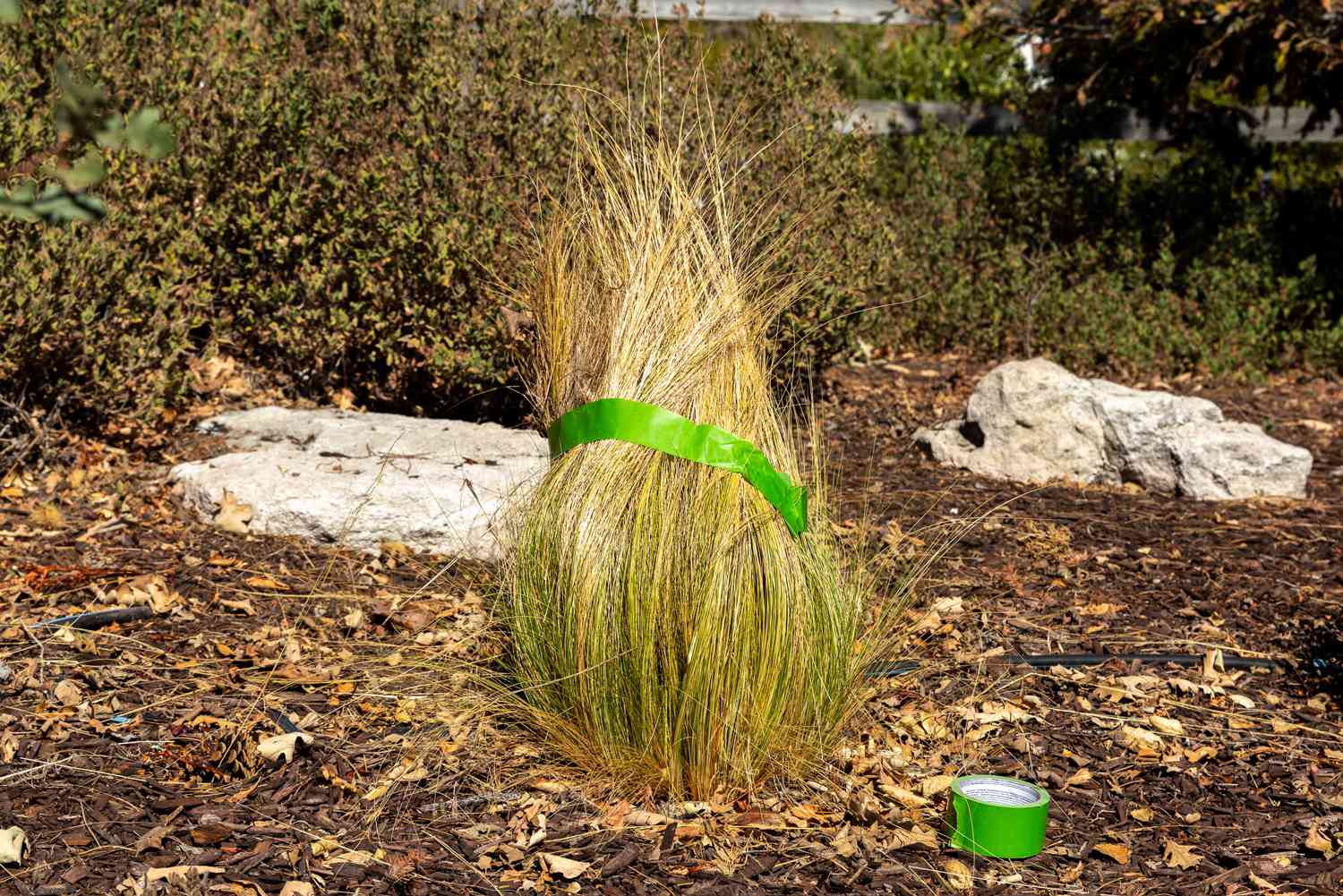
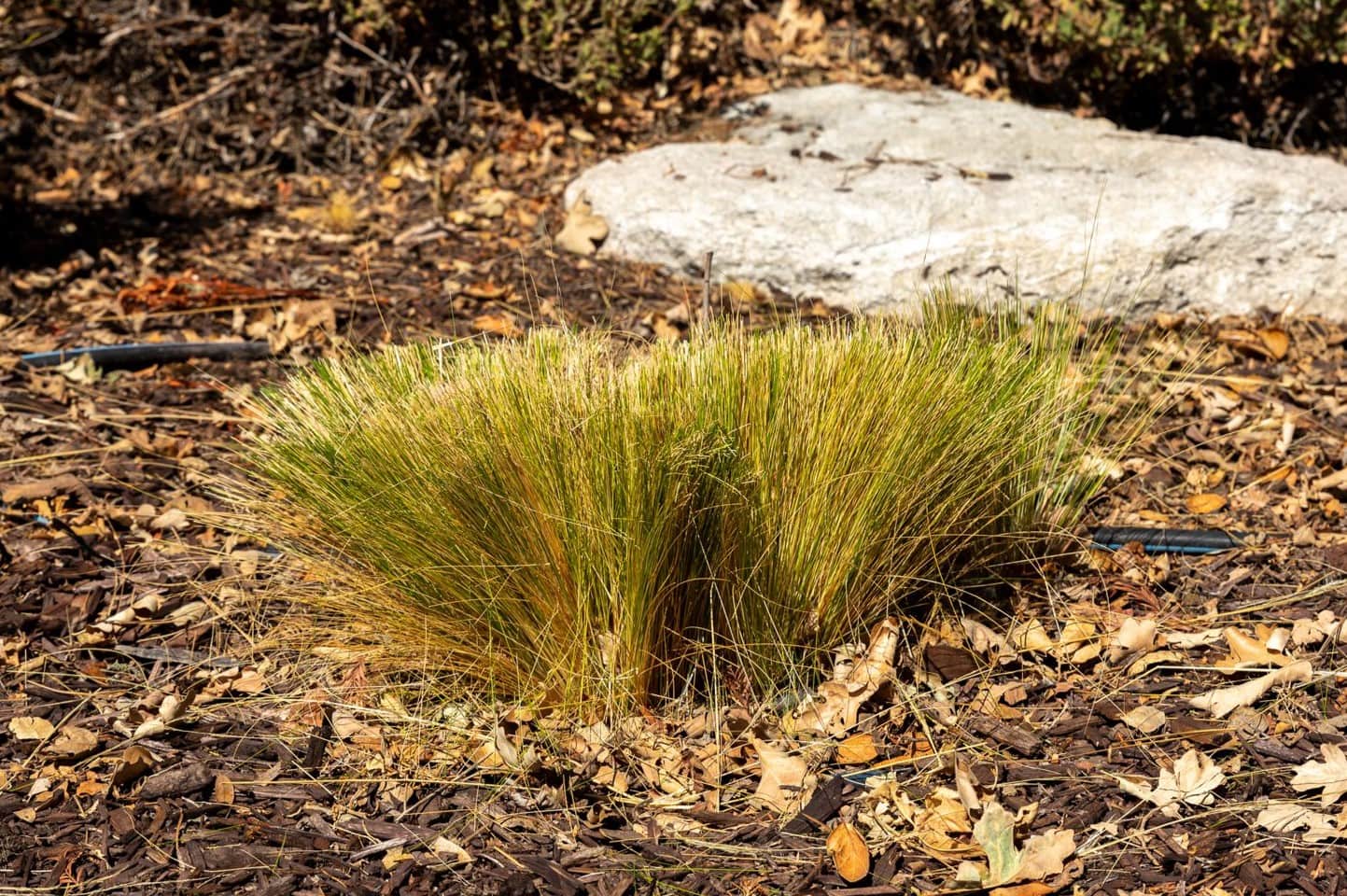
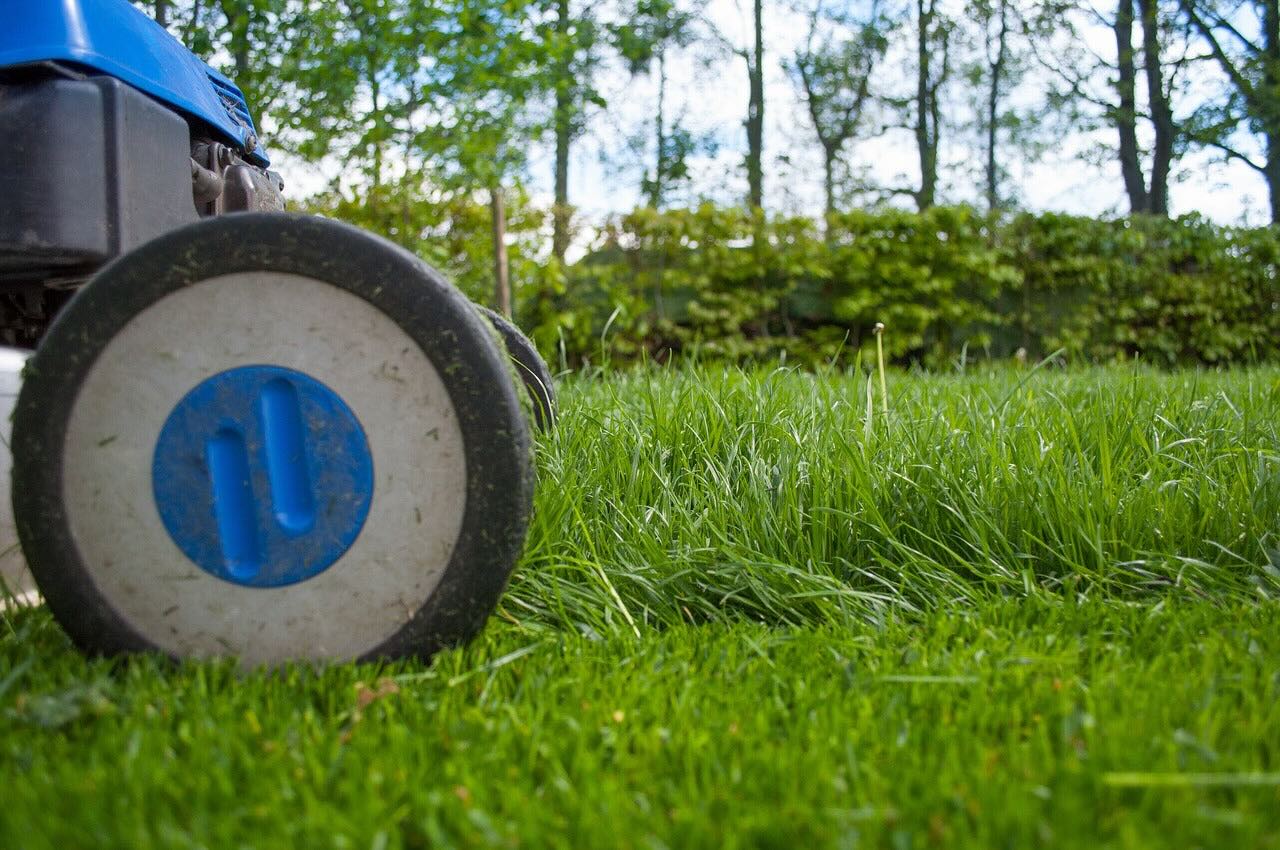


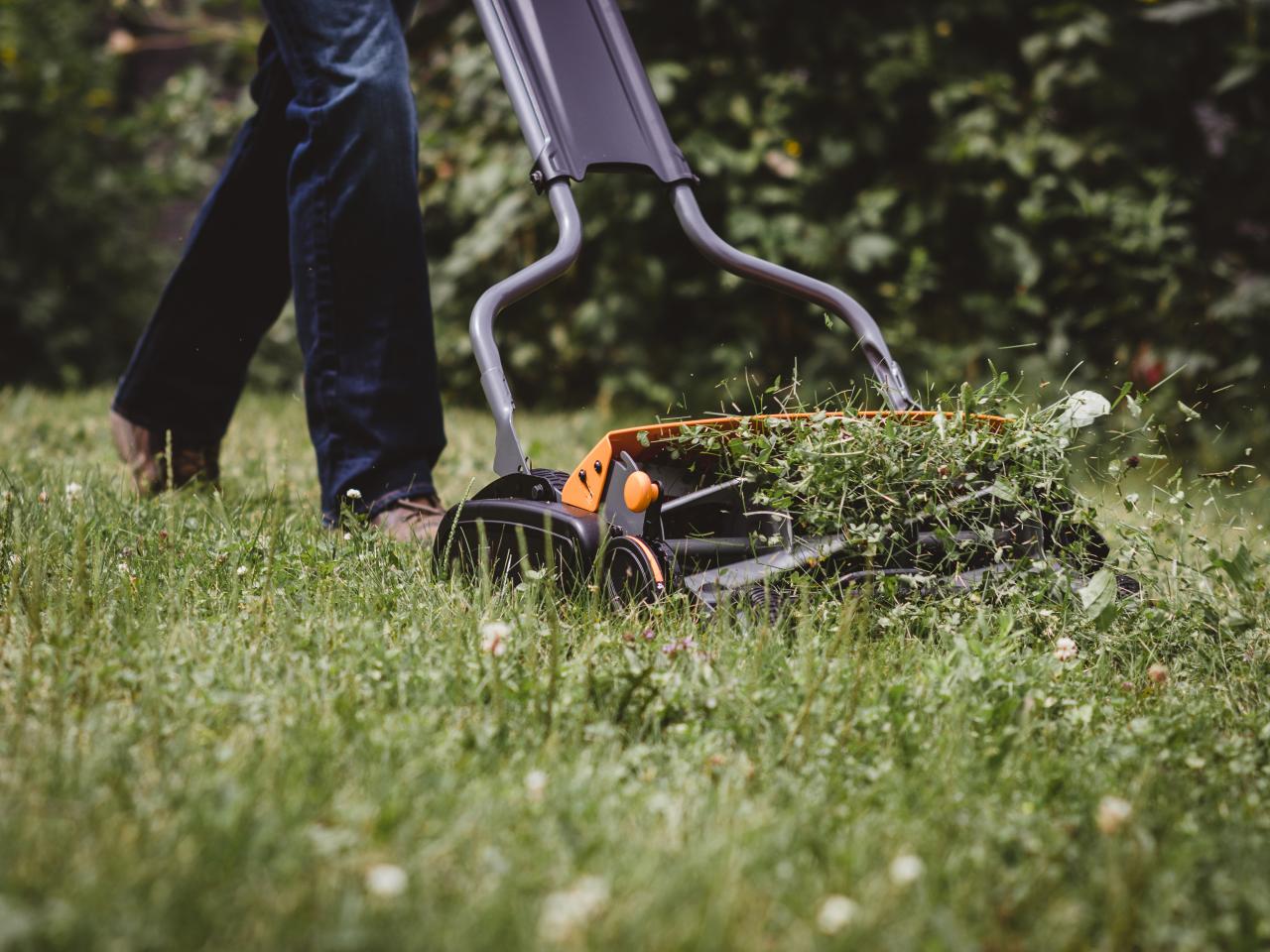
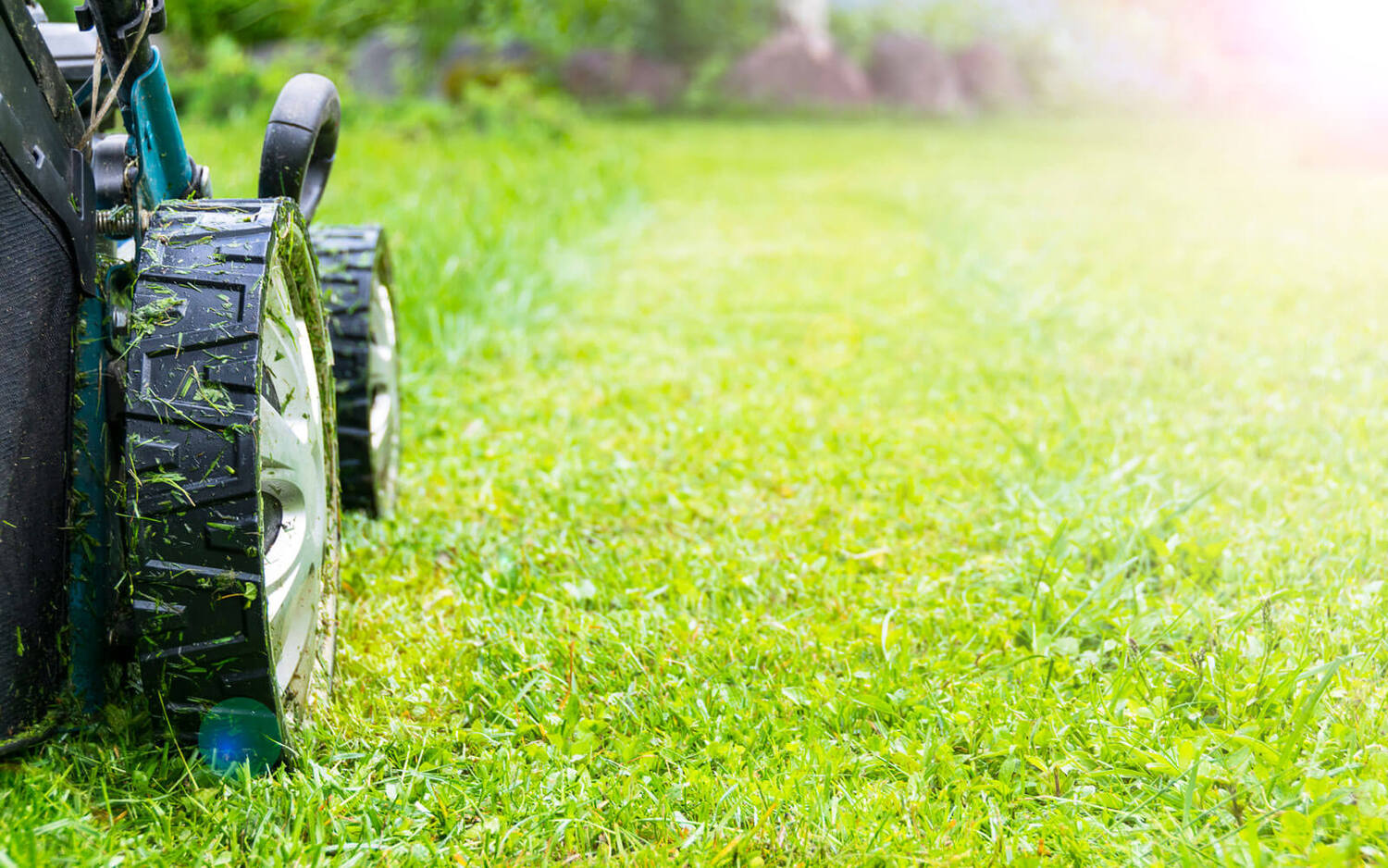
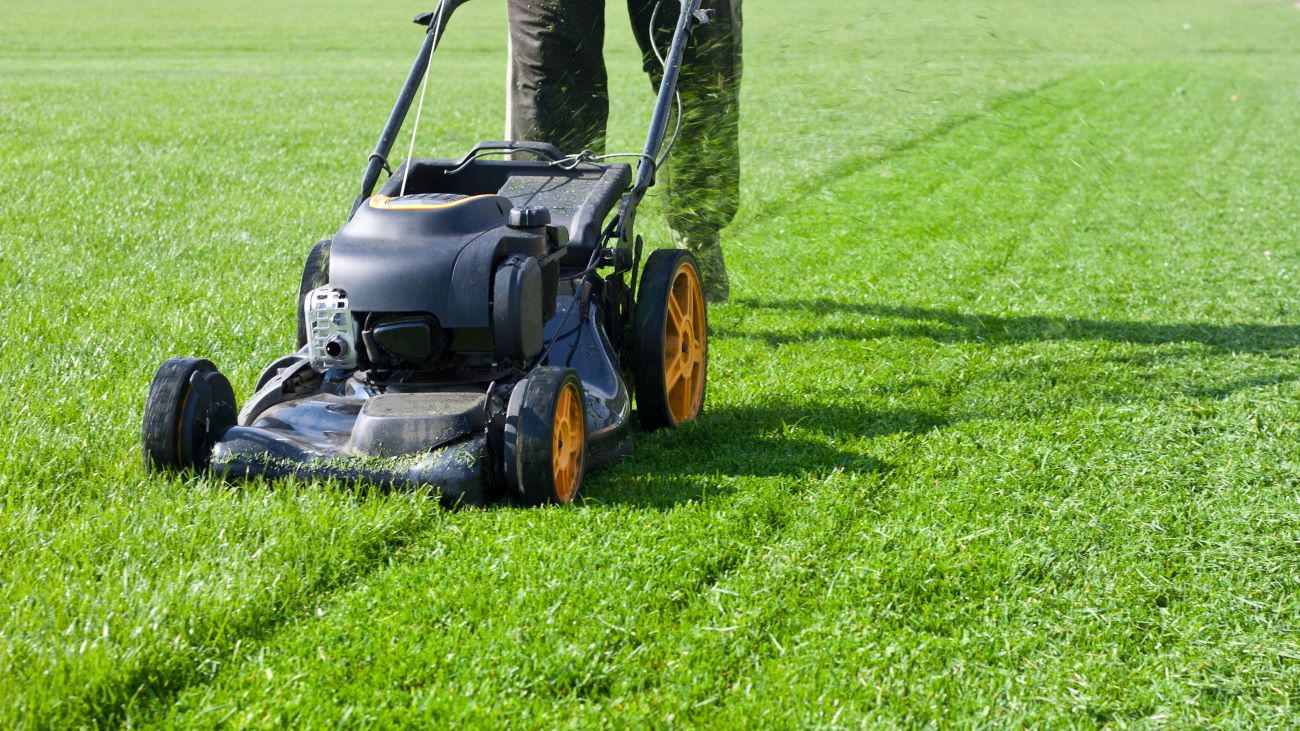
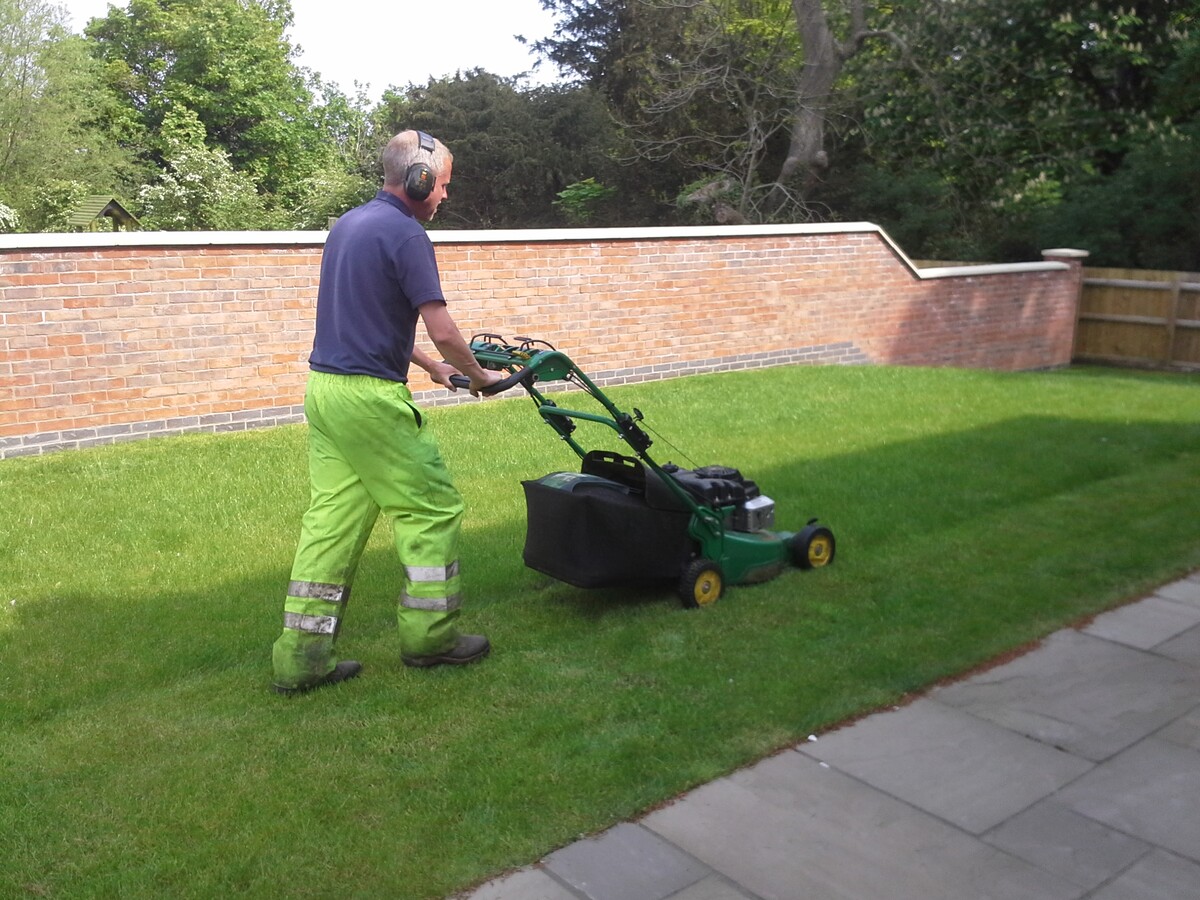
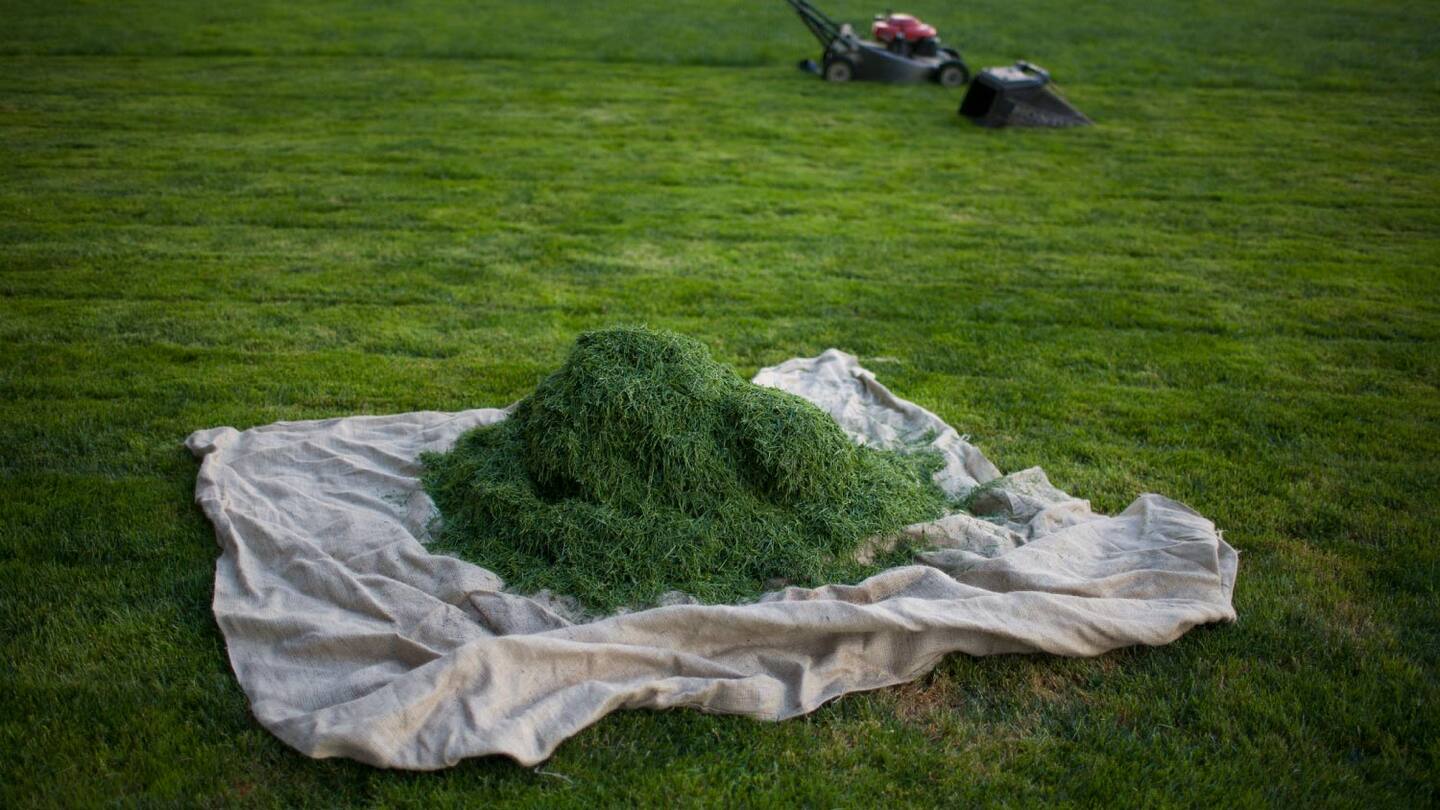
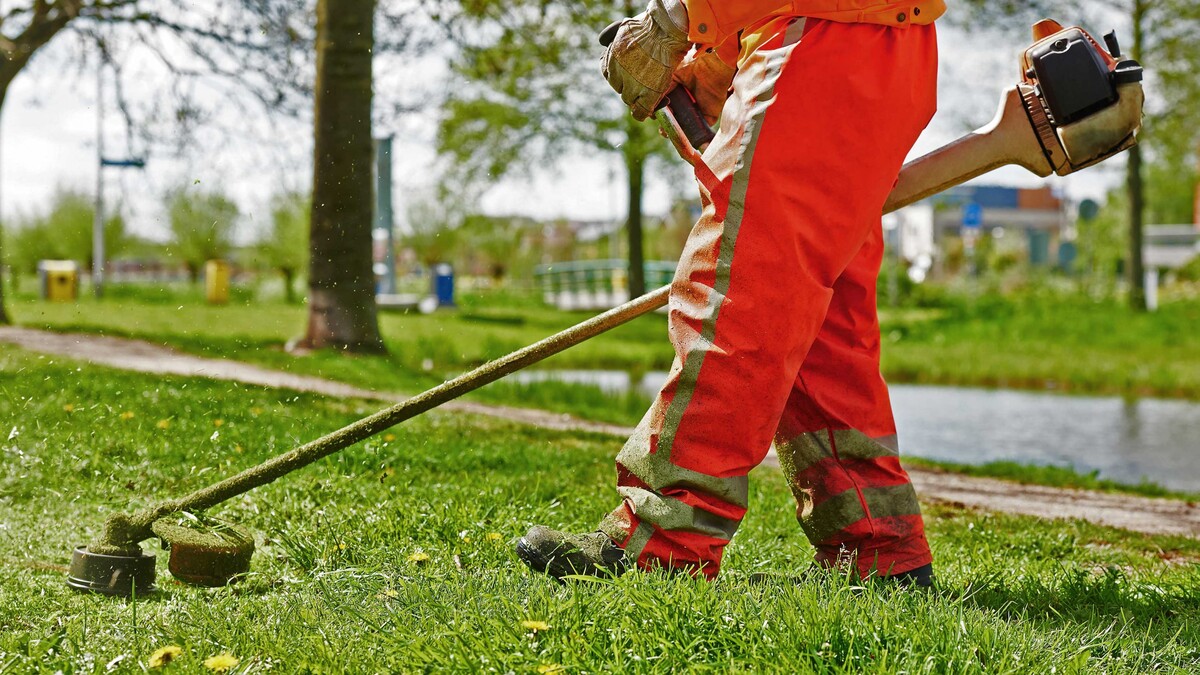
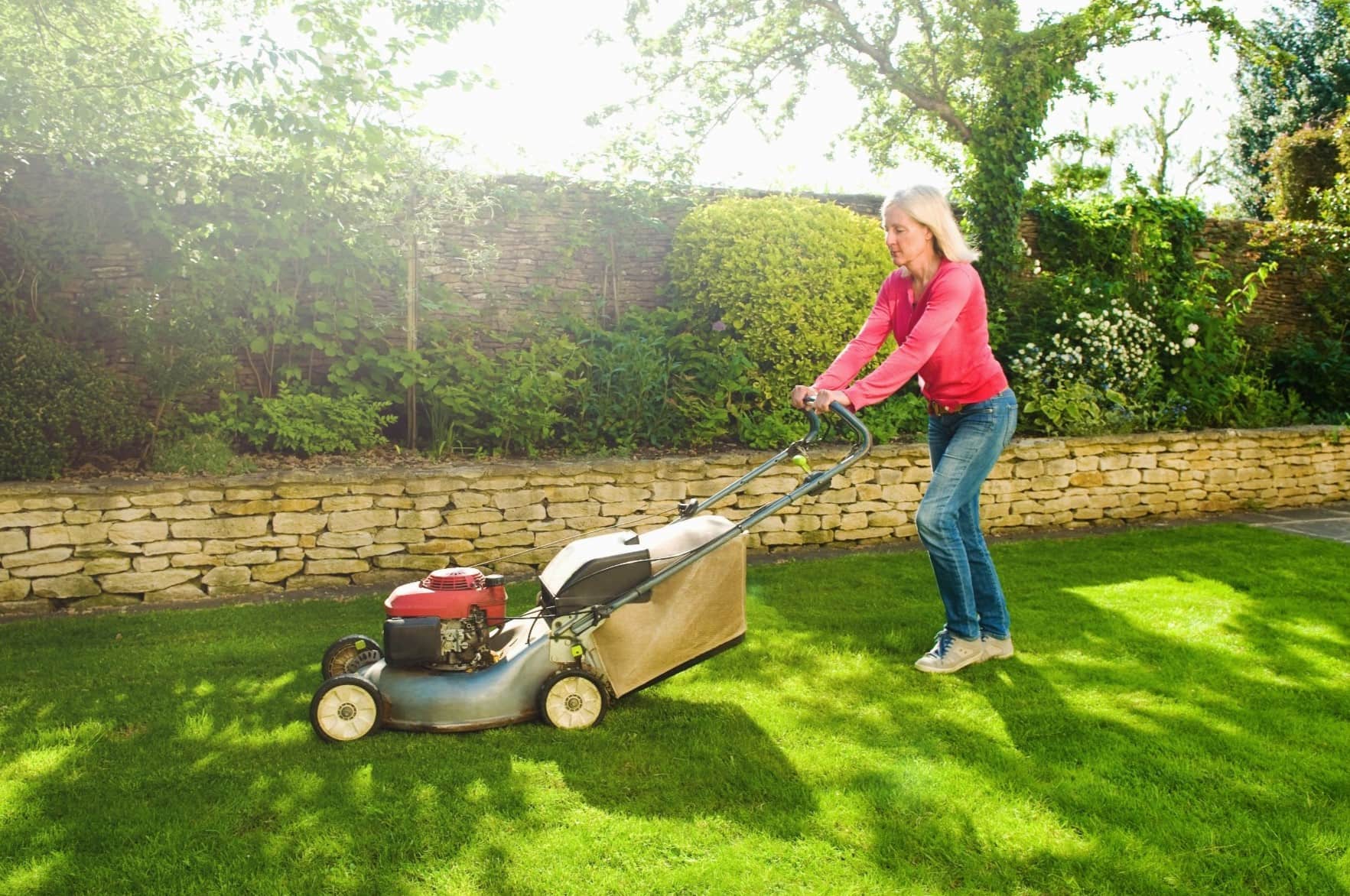
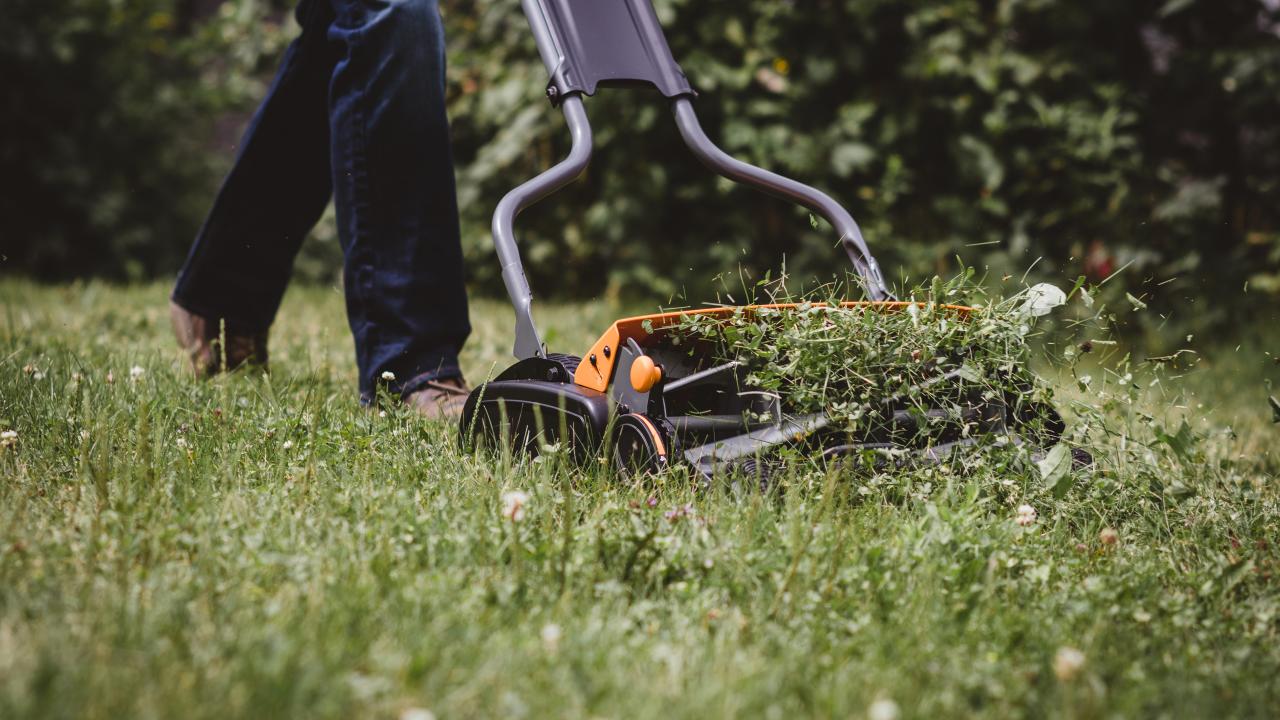

0 thoughts on “When To Cut Liriope Grass”